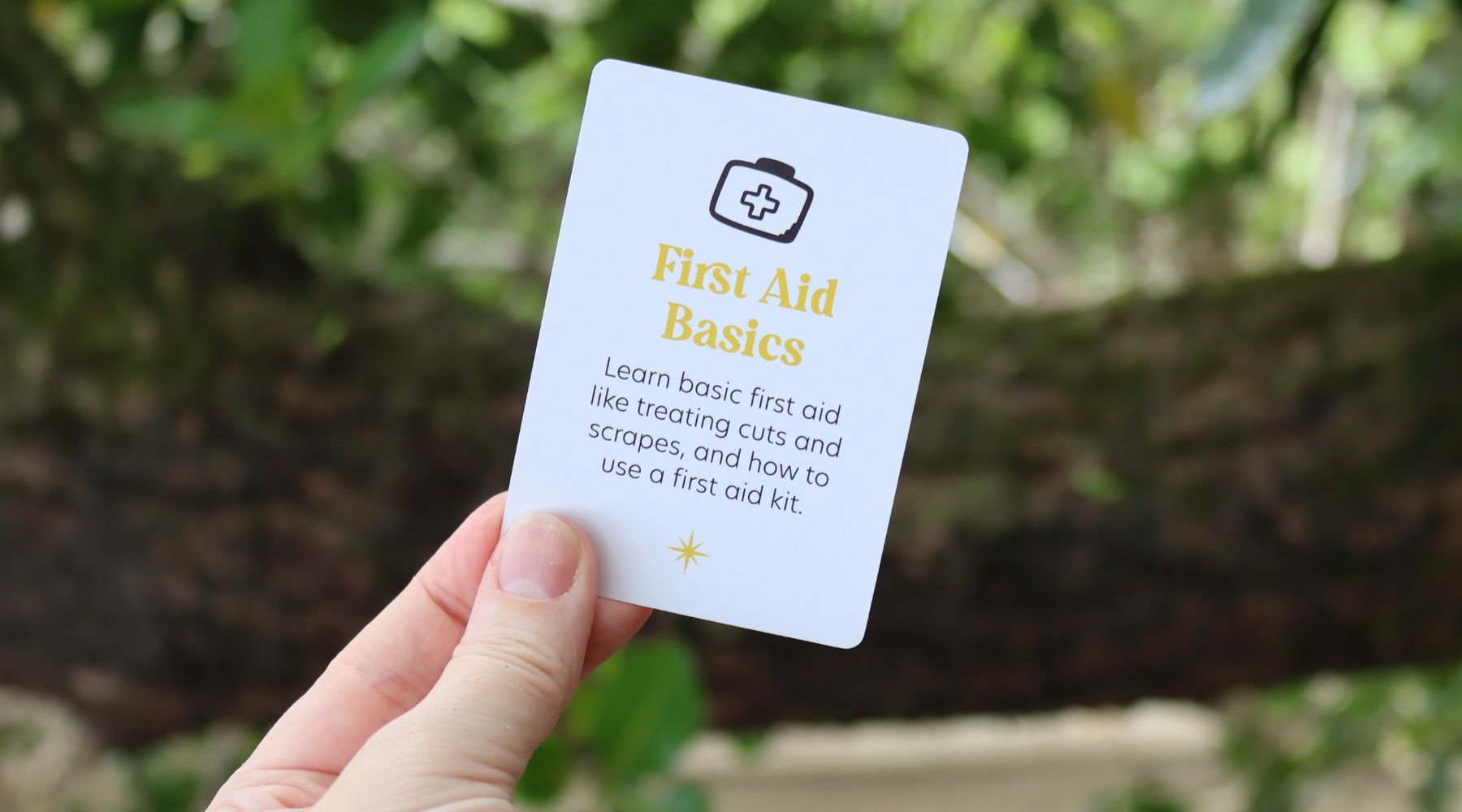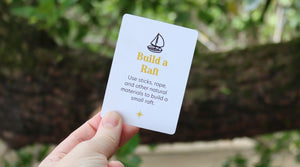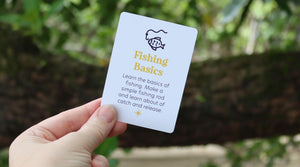Accidents can happen when you're out on an adventure, but knowing some basic first aid skills can help you stay safe and take care of yourself or others. In this blog, we’ll walk you through how to treat common injuries like cuts and scrapes, and how to use the items in a first aid kit properly.
What Is First Aid?
First aid is the immediate help you give to someone who is injured or ill before they can get medical care. It’s important because it helps prevent the injury from getting worse and gives the person comfort until they can see a doctor if needed.
Essential Items in a First Aid Kit
A first aid kit contains useful tools for treating injuries. Here are some items you’ll find in a basic kit and why they’re important:
- Band-aids: For small cuts and scrapes, band-aids cover and protect the wound from dirt and germs.
- Antiseptic wipes: These are used to clean the skin around a wound and kill any germs to prevent infection.
- Gauze pads: These soft, sterile pads are used for larger wounds to absorb blood and protect the injury.
- Medical tape: Medical tape holds gauze or bandages in place and can be used to secure a sprained joint.
- Tweezers: These are used to remove splinters, small debris, or ticks from the skin.
- Scissors: Scissors can cut bandages or tape to the right size.
- Disposable gloves: Wearing gloves protects you from germs while treating someone else’s injury.
- Instant cold pack: A cold pack helps reduce swelling from bumps, bruises, or sprains.
Step-by-Step Guide to Treating Cuts and Scrapes
1. Clean the Wound
The first step in treating any cut or scrape is to clean the area. Use an antiseptic wipe or clean water to gently remove dirt, sand, or debris from the wound. This helps prevent infection.
2. Stop the Bleeding
For minor cuts and scrapes, bleeding will usually stop on its own after a few minutes. If it doesn’t, apply gentle pressure with a clean gauze pad or tissue until the bleeding stops.
3. Apply Antiseptic Ointment
Once the wound is clean and the bleeding has stopped, apply a small amount of antiseptic ointment (if available) to help prevent infection.
4. Cover the Wound
Cover small cuts and scrapes with a band-aid to protect them from dirt and further injury. For larger cuts, use a sterile gauze pad and secure it with medical tape. Make sure the covering is snug but not too tight.
5. Check and Change Bandages
Change the band-aid or dressing daily to keep the wound clean and dry. Keep an eye on the wound for signs of infection, such as redness, swelling, or pus. If the wound doesn’t heal or gets worse, see a doctor.
Treating Other Common Injuries
1. Bruises
- How to treat: Apply a cold pack (or a cloth with cold water) to the bruised area for about 10-15 minutes. This helps reduce swelling and pain.
2. Splinters
- How to treat: Use tweezers from your first aid kit to gently remove the splinter. Clean the area with antiseptic wipes and apply a band-aid if needed.
3. Nosebleeds
- How to treat: Sit up straight and lean slightly forward. Pinch the soft part of your nose (just below the bridge) with your thumb and finger for about 10 minutes. This should help stop the bleeding.
4. Burns (Minor)
- How to treat: Hold the burned area under cool running water for several minutes. Do not use ice or ointments. Cover the burn with a clean, non-stick dressing. If the burn is serious, seek medical attention.
When to Get Help
While basic first aid can treat minor injuries, it’s important to know when to get help from an adult or call for medical assistance:
- If a cut is deep, won’t stop bleeding, or is very large
- If someone has trouble breathing, chest pain, or a serious head injury
- If the injury shows signs of infection (redness, swelling, or pus)
- If someone is unconscious or unresponsive
Practice Makes Perfect
First aid is a skill that gets better with practice. Knowing how to treat common injuries makes you more confident when adventuring, whether you’re hiking, biking, or camping.
Build Your Own First Aid Kit
You can also build a simple first aid kit to take on your adventures. Make sure it includes:
- Band-aids of different sizes
- Antiseptic wipes and ointment
- Gauze pads and medical tape
- Tweezers and scissors
- A small cold pack
- Disposable gloves
Having your own kit ensures you’re always prepared for minor accidents!



